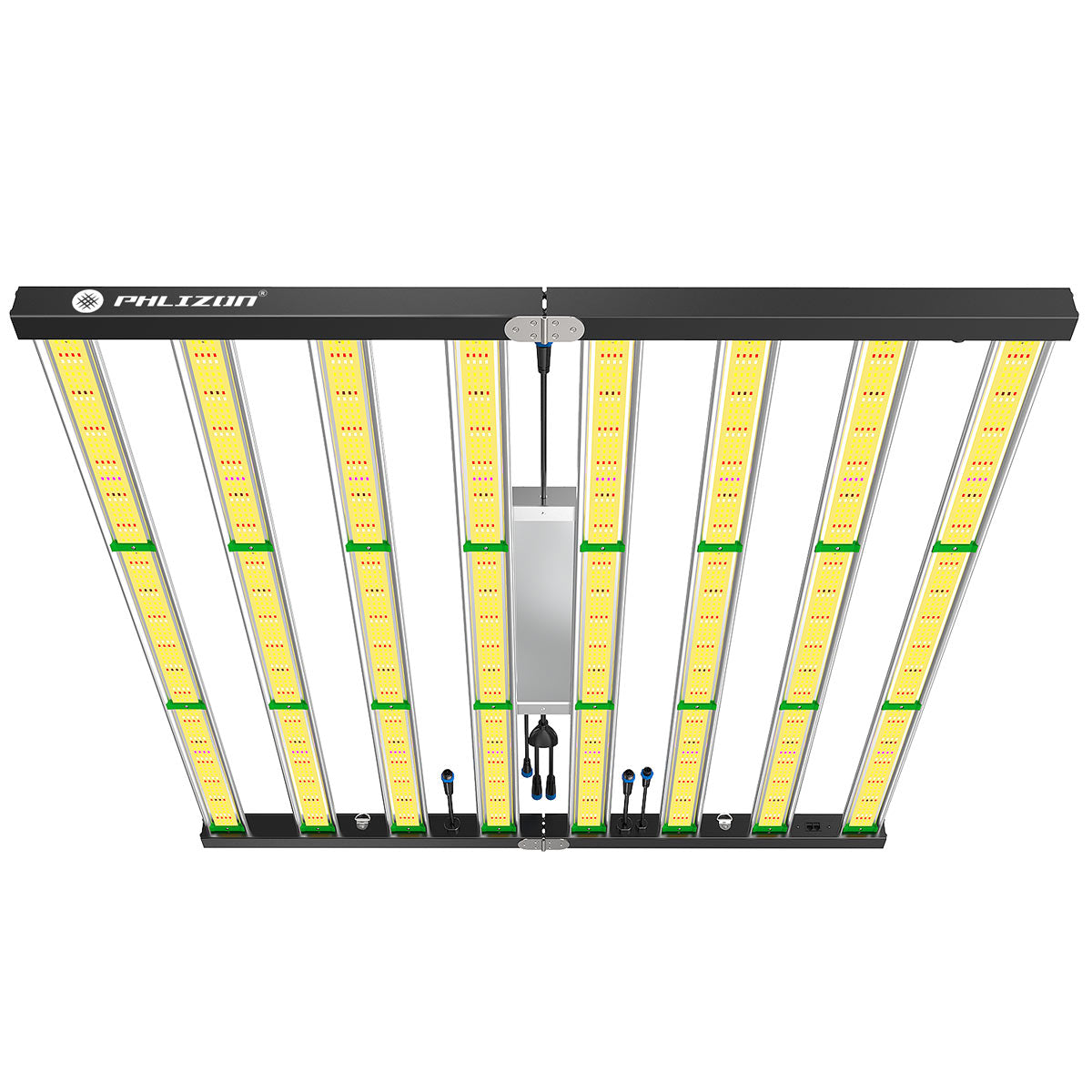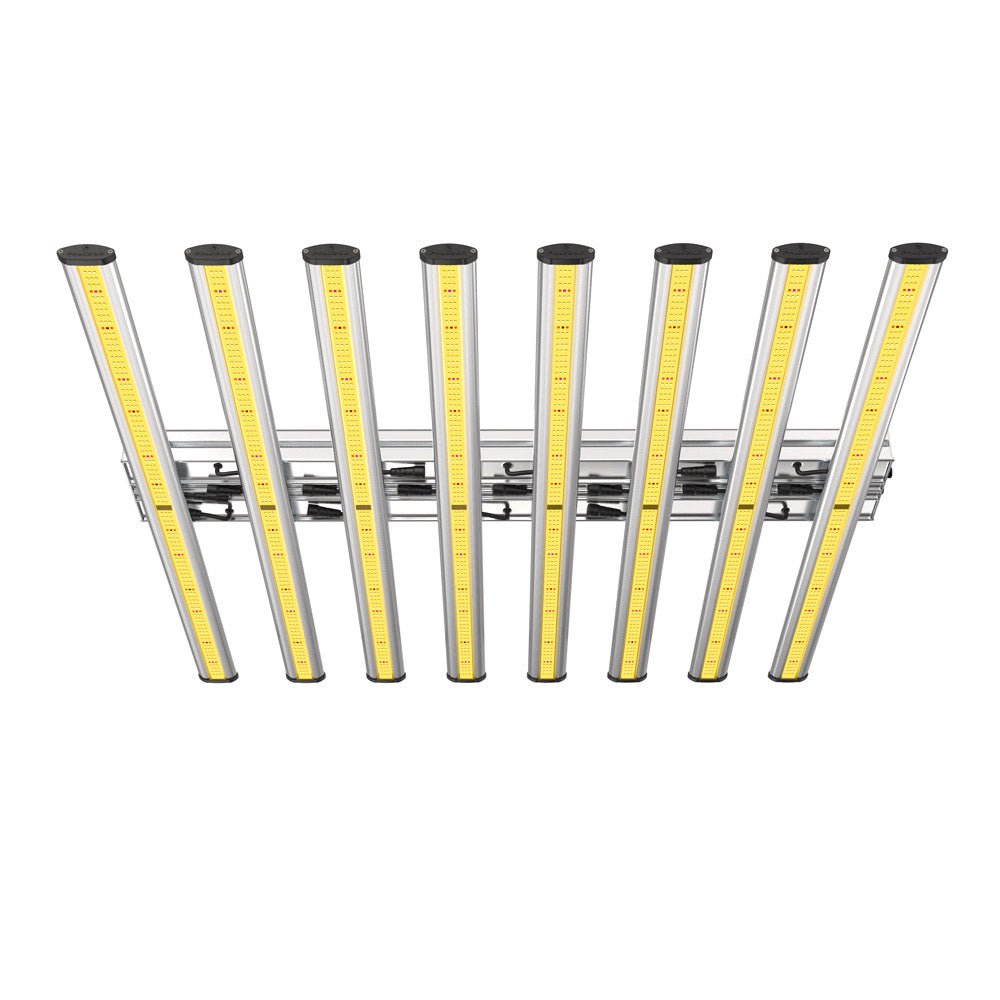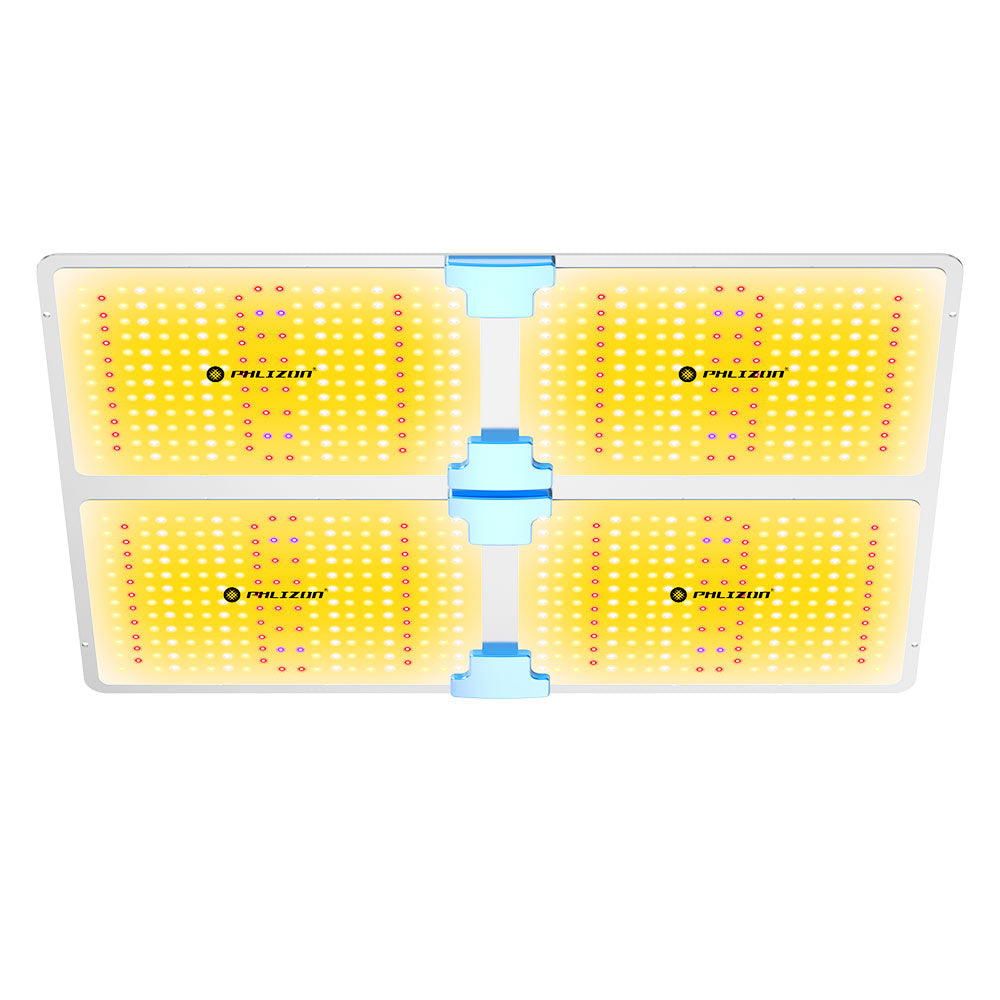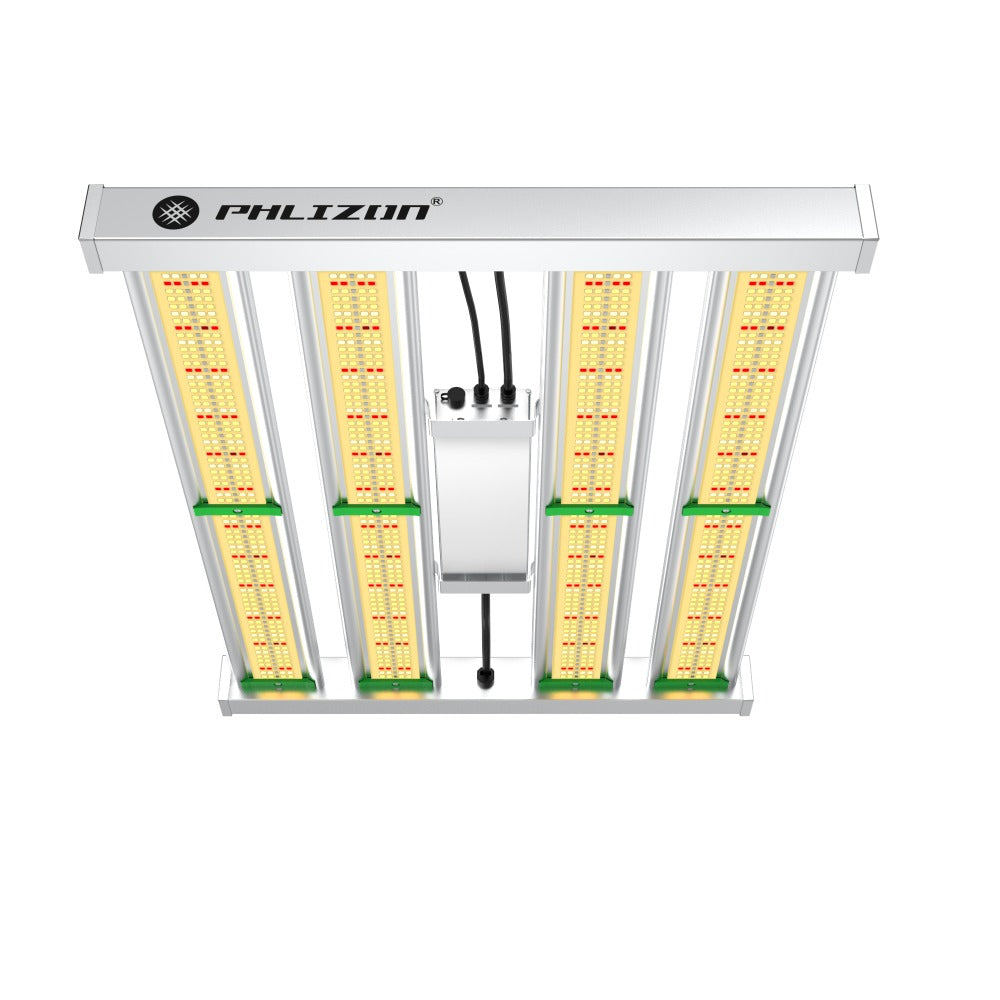Menu
Can LED Lights Grow Plants?
LED grow lights are a type of energy-efficient lights that emit wavelengths of light suitable for growing plants indoors or in controlled environments. Unlike traditional lighting options such as incandescent or fluorescent bulbs, LED lights can be tailored to produce specific wavelengths that plants need for photosynthesis. This process involves plants converting light energy into chemical energy, which fuels their growth. The key wavelengths for photosynthesis fall within the visible light spectrum, primarily in the red (620-630 nm) and blue (465-475 nm) ranges.
How LED Lights Support Plant Growth
Plants require light to perform photosynthesis, and LED grow lights can provide the exact spectrum needed. Blue light encourages vegetative growth, making plants bushier and stronger, while red light promotes flowering and fruiting. Many LED grow lights are full-spectrum, meaning they mimic natural sunlight by providing a balance of cool and warm tones. Full-spectrum LEDs often include wavelengths beyond just red and blue—like white light or even ultraviolet (UV) and infrared (IR)—which can further enhance plant health and yield. For instance, UV light can increase the production of essential oils in herbs, while IR can speed up germination and flowering.
Benefits of Using LED Lights for Plants
LED lights have become a game changer for growing plants indoors. They use less energy than traditional grow lights like high-pressure sodium (HPS) or metal halide (MH) lamps, often cutting electricity costs by 50% or more. They also produce less heat, reducing the risk of burning delicate plants and eliminating the need for bulky cooling systems. Because LEDs last longer—up to 50,000 hours compared to 10,000-20,000 for HPS—they’re a cost-effective choice over time. Plus, their small size and versatility make them perfect for everything from a single houseplant to a full hydroponic setup.
What Plants Can You Grow with LED Lights?
You can grow almost any plant under LED lights if the spectrum and intensity are right. Leafy greens like lettuce, spinach, and kale thrive under cooler, blue-heavy light. Herbs such as basil, mint, and cilantro also do well, often producing more aromatic leaves. Flowering plants like tomatoes, peppers, and cannabis benefit from a mix of red and blue light, especially during their blooming phase. Even exotic plants like orchids or succulents can flourish with the right setup, though succulents may need less intense light to avoid overexposure.
Limitations and Considerations
While LED lights are highly effective, they’re not magic. The quality of the light matters—cheap LEDs might not emit the right spectrum or intensity, leading to leggy, weak plants. Distance is another factor; most plants need the light 6-12 inches above them, depending on the wattage and plant type. Too close, and you’ll scorch the leaves; too far, and growth slows. Water, nutrients, and temperature still play huge roles—LEDs won’t fix a poor growing environment. And while they’re cheaper to run, high-quality LED grow lights can have a steep upfront cost, sometimes $100 or more for a decent panel.
Real Examples
Gardeners and commercial growers alike swear by LEDs. One hobbyist reported turning a basement corner into a thriving jungle of pothos and monstera using a $30 full-spectrum LED panel. On a larger scale, indoor farms use massive LED arrays to churn out microgreens year-round, with some claiming yields double those of outdoor plots. Cannabis cultivators, in particular, have embraced LEDs, noting tighter buds and higher THC levels compared to HPS-grown crops—all while slashing energy bills.
FAQ
1. Can any LED light grow plants?
Not really. Regular household LEDs (like your ceiling bulbs) usually lack the specific red and blue wavelengths plants crave. You’ll need grow-specific LEDs or full-spectrum ones designed for photosynthesis.
2. How long should I leave LED lights on for my plants?
Most plants need 12-16 hours of light daily, depending on their type. Veggies and herbs often like 14-16 hours, while flowering plants might do fine with 12. Give them a dark period too—plants rest just like we do!
3. Do LED grow lights get hot?
They run much cooler than traditional grow lights, but they still generate some heat. Good ventilation or a small fan can keep things safe, especially in tight spaces.
4. Are LED grow lights worth the investment?
If you’re serious about indoor gardening, yes. They save money on power and last years, but casual growers might find cheaper alternatives like fluorescent tubes work for small projects.
5. Can I use LED grow lights for seedlings?
Absolutely! Seedlings love the gentle, cool light—especially blue-heavy LEDs. Just keep the light close (6-8 inches) and watch them sprout strong and healthy.
Featured blog
- Choosing a selection results in a full page refresh.


















